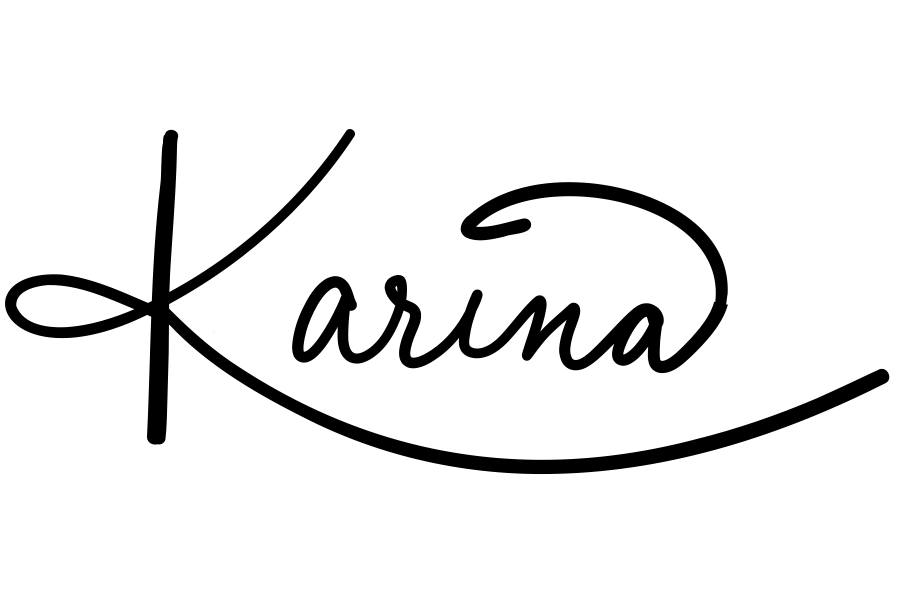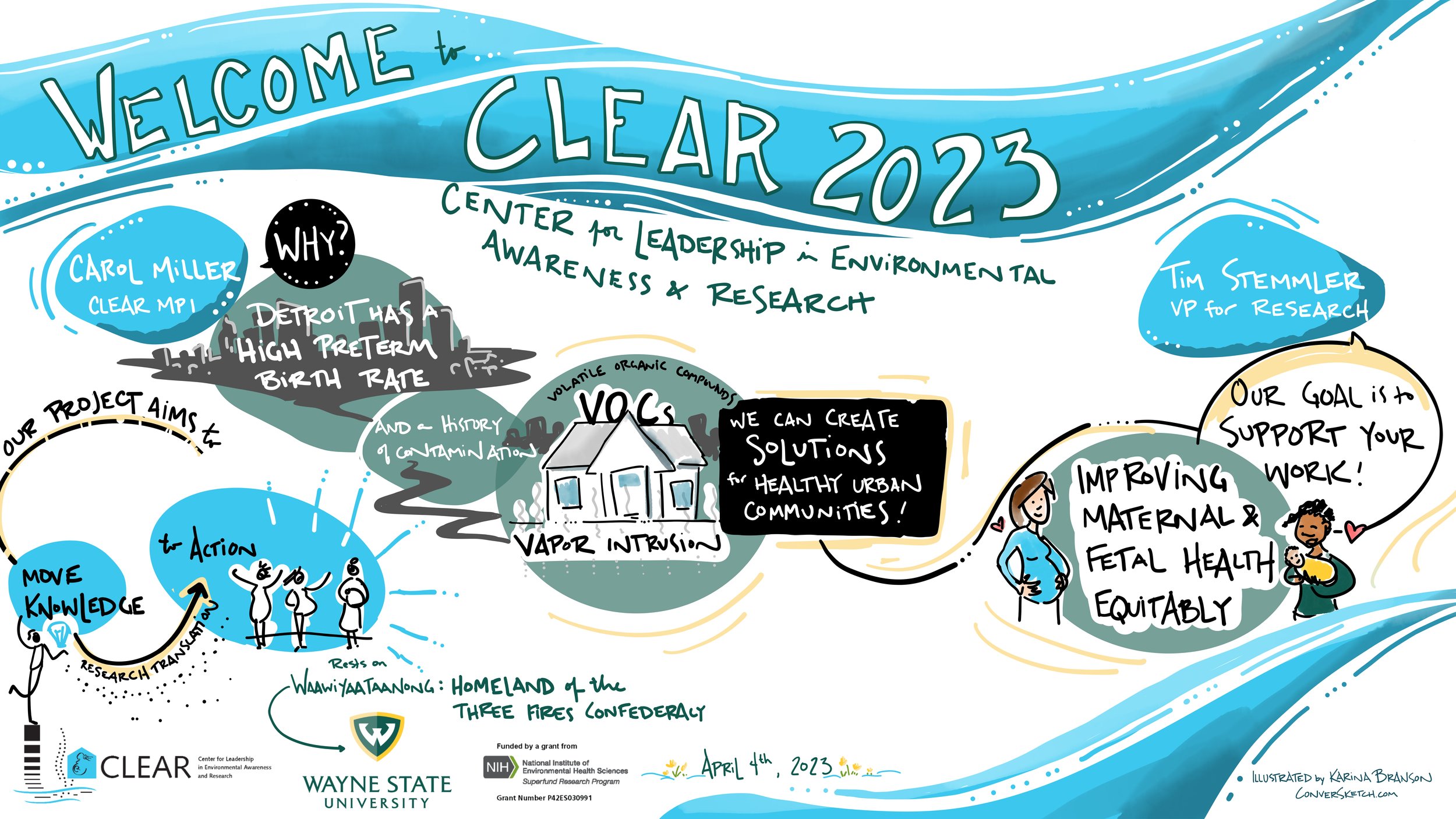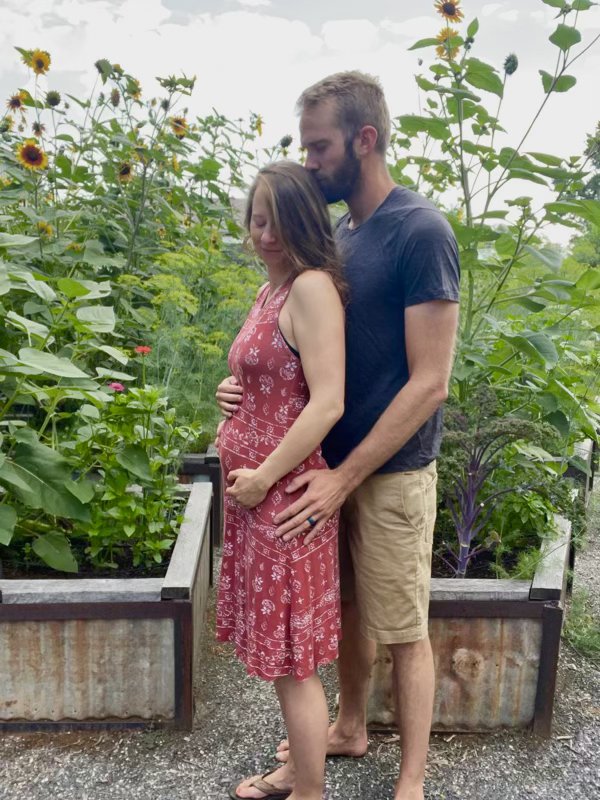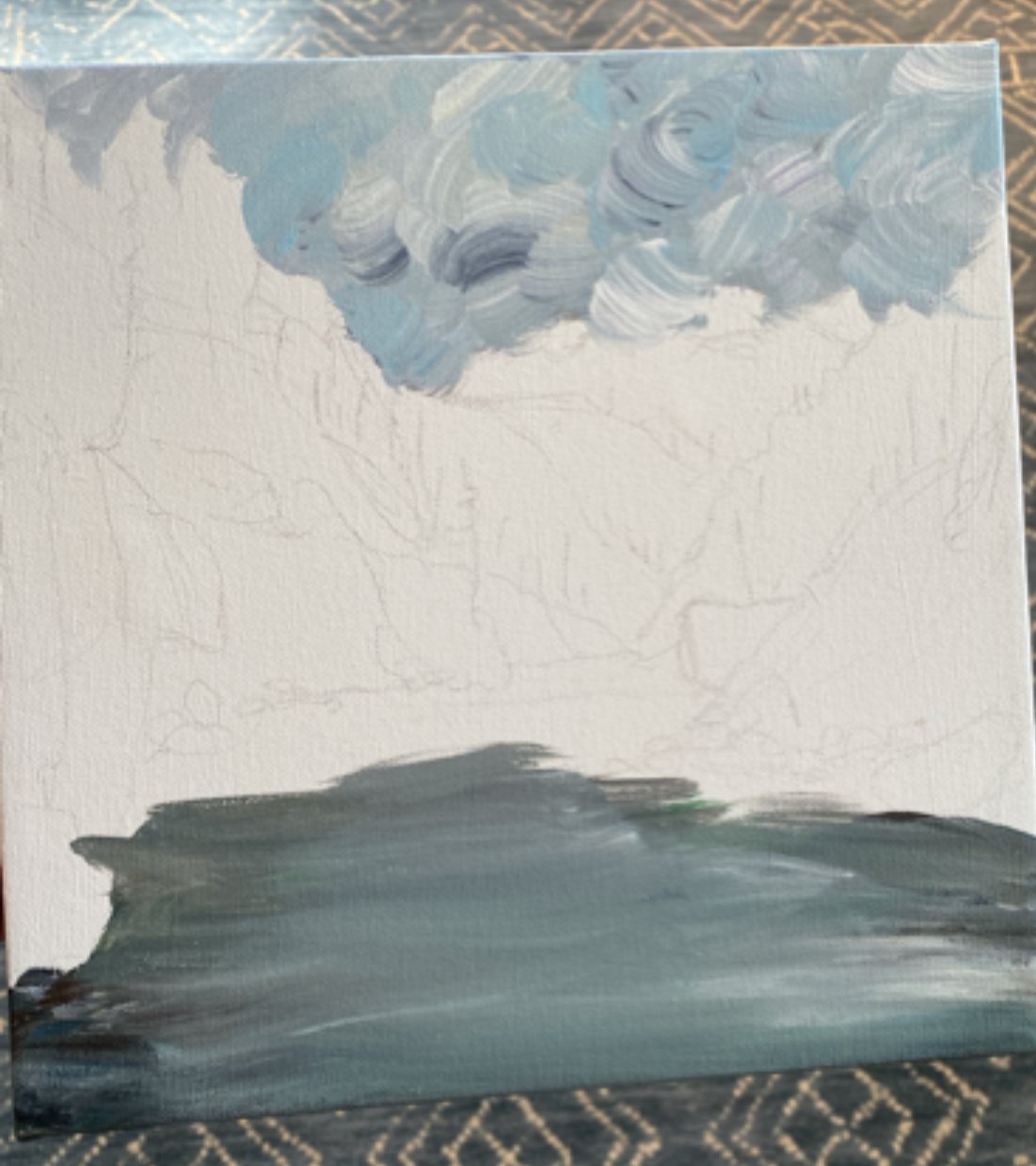When you all bring ideas to me that are creative, I always want to share them back so others can use them. This story from Boulder's Recreation Centers demonstrates how integrating graphic recording throughout the entire process - before, during, and after - created deeper and more varied community involvement.
Pre-Event: Strategic Visual Design
Boulder's team envisioned gathering community input through a playful board game format, where residents could prioritize recreation center improvements using feature cards. Rather than settling for a generic design, we collaborated to create a custom game board that reflected the rec centers’ unique character. This pre-event visualization set the tone for engagement and created anticipation among participants.
Other ways to use visuals before your event are creating custom drawings to share via email, website or social media so people know what to expect. And we can turn your typical typed agenda into an engaging visual journey that gets people pumped about attending.
Event Day: Dynamic Engagement
During the session, live graphic recording via projected iPad screen transformed abstract discussions into tangible ideas. This real-time visualization served as a shared reference point, deepening participant engagement and maintaining high energy levels throughout the discussions. Watching ideas take shape visually encouraged more meaningful contributions and created a collaborative atmosphere.
Post-Event: Extended Impact
The team maximized the visual assets' potential by displaying large prints in each Boulder recreation center with interactive sticker voting for ongoing community input. This thoughtful approach extended the conversation beyond the initial session, allowing broader community participation through both the physical displays and a survey sent by email.
The result? A cohesive, engaging process that transformed standard community feedback sessions into a memorable, productive experience that continued to gather valuable input after the initial event concluded.
Want more? Here’s another case study of leveraging graphics throughout the entire event lifecycle with the US Fish and Wildlife Service.
Thank you for your collaboration, humor, and what you do to make the world a better place.
Cheers,
Where in the World is ConverSketch?
San Francisco, California: With the National Parks Conservation Association as they continue a long-term collaboration to reduce single-use plastics in parks - here’s a snap from last year. This year we’re also discussing strategies to support visitors and parks with electric vehicles. Fighting the good fight.
Houston, Texas: Right now I’m with Houston Methodist as they lead the effort to bridge disciplines and approaches in neuroregeneration research and practice. I’ve been delighted to support their work since 2019, even through the pandemic and having the twins. Here’s a shirt design I created for them this year, stay tuned for images of finished graphics in the next email.
















































